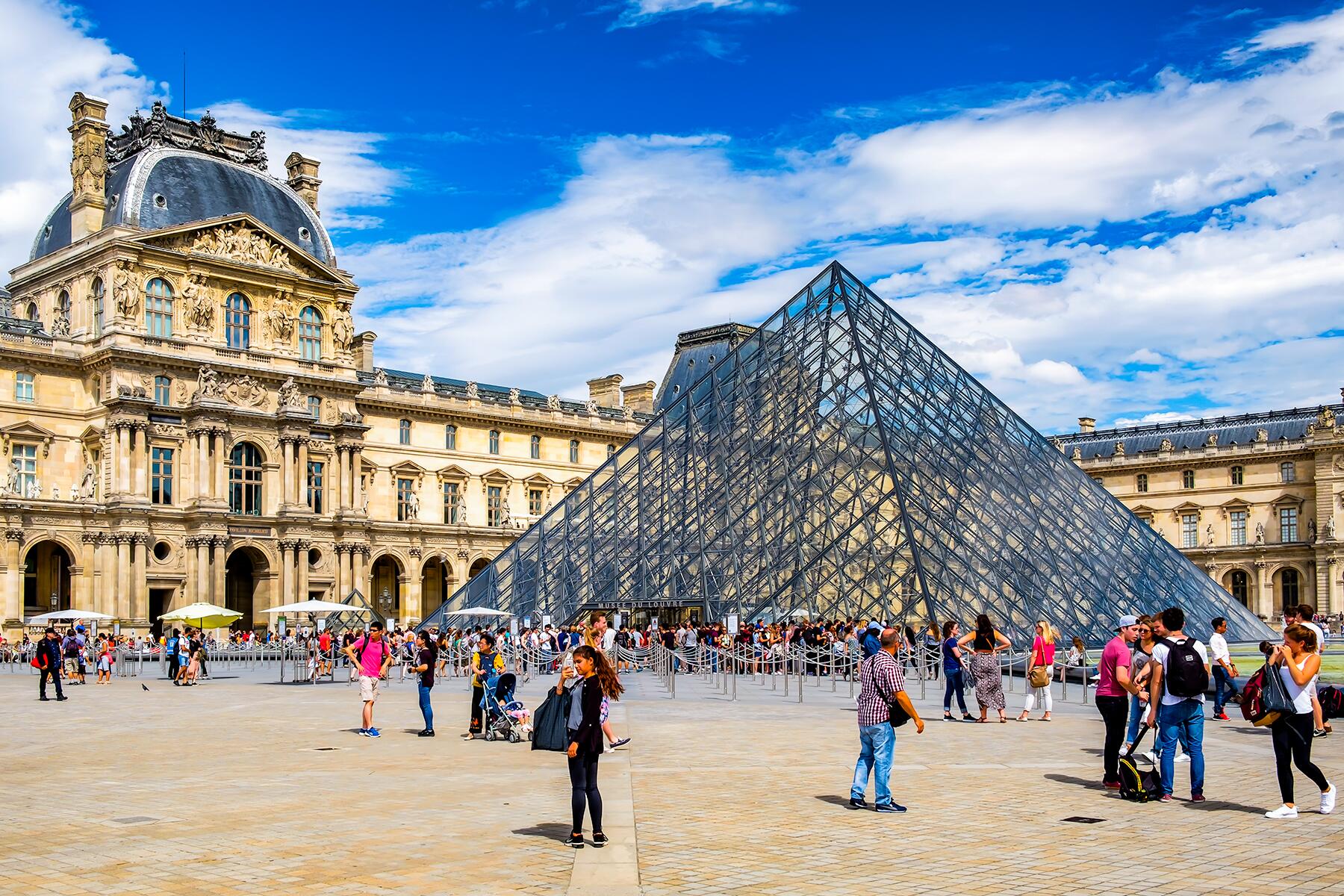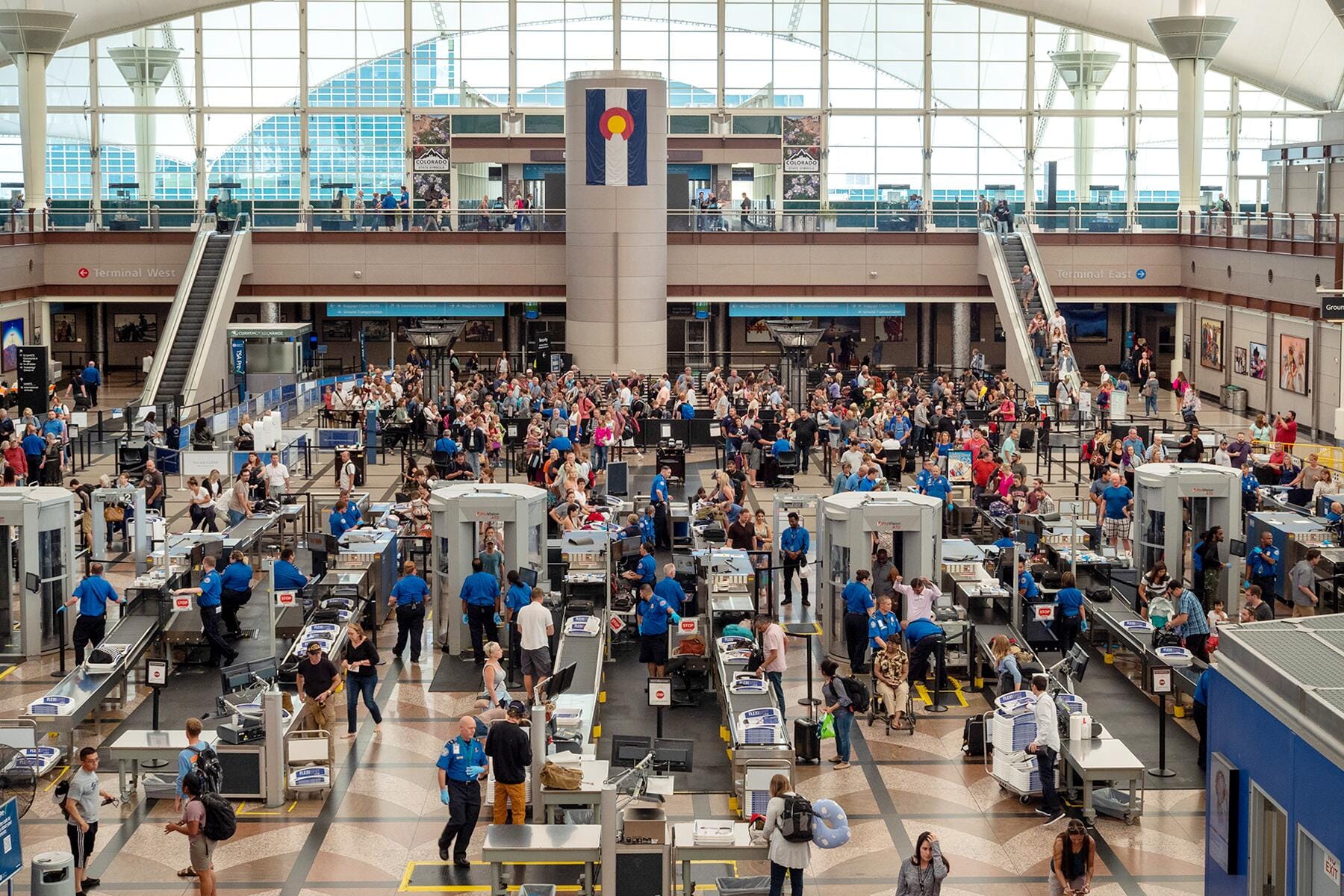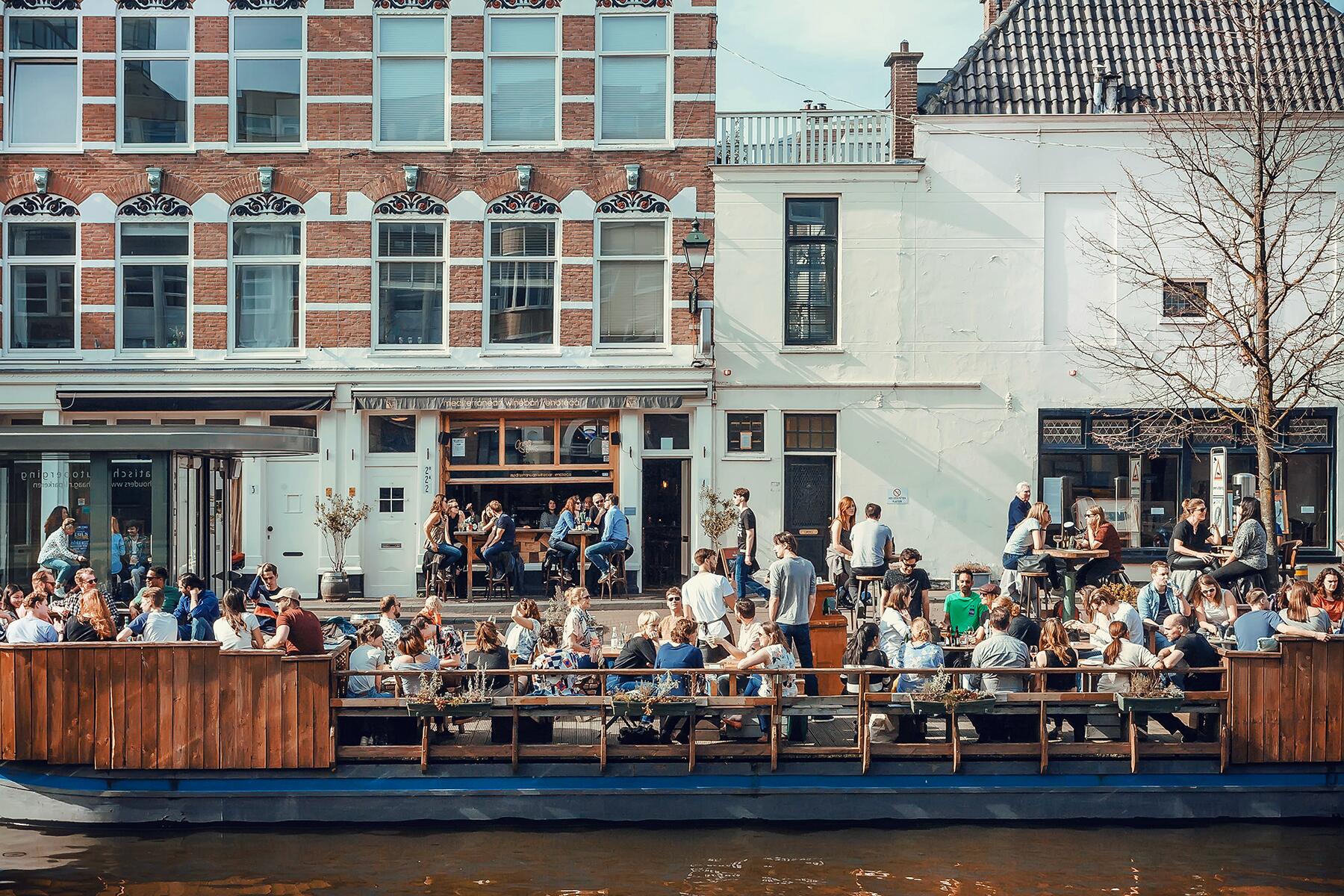The world has revisited the horror of Bloody Sunday, when John Lewis and others were attacked on a voting rights march to Montgomery. Even more than a half-century later, you can sense their bravery in the grainy footage. But the feeling is all the more powerful in person.
Every day of the year, visitors come to Selma, Alabama to walk across a bridge. They head down Broad Street and tentatively step onto a span named for a former Ku Klux Klan leader. At the top, some pause, and for a moment, suspended above the Alabama River, they look warily ahead and try to imagine what John Lewis might have felt in 1965.
Directly in front of him stood a line of helmeted Alabama state troopers wielding billy clubs and bullwhips, and armed with tear gas.
That’s when every visitor should ask themselves a question: Would I have had the courage to continue marching?
John Lewis did.
In the last few days, the world has revisited the horror of Bloody Sunday, when Lewis and others were attacked on a voting rights march to Montgomery. Even more than a half-century later, you can sense their bravery in the grainy footage.
But the feeling is all the more powerful in person.
This week, as we mourn civil rights icon and Georgia congressman John Lewis, who died earlier this month, there’s no better way to honor his memory and to understand the civil rights movement than to visit (or make plans to visit) the places where he made history.
Lewis, a stalwart for social justice, was by his account arrested 45 times for his non-violent protests. Following his trail takes you from Washington into the Deep South, through scenes of tumultuous violence, where he won victories, and faced challenges, many that still remain today.
Start in Nashville
Nashville in the late 1950s was a unique place at a unique moment in time. It was home to a small group of passionate ministers and students at the city’s African American colleges, eager to challenge the country’s racism and segregation. Many, including the Rev. C. T. Vivian, who died the same day as Lewis, would go on to find key roles in the national civil rights movement.
John Lewis, the child of Alabama sharecroppers, arrived at 17 and quickly embraced the activism and philosophy of non-violent protest that would guide him the rest of his life. “If it hadn’t been for Nashville, I would not be the person I am now,” Lewis told the Tennessean newspaper in 2013.
The students’ first protest campaign targeted Nashville’s segregated lunch counters. You’ll learn about the sit-ins at the Nashville Public Library’s Civil Rights Room, which displays exhibits, artifacts, and documents, including Lewis’ arrest records.
The library’s historic training videos on display are particularly enlightening and disturbing.
Led by the Rev. James Lawson, a devotee of Mahatma Gandhi’s strategy of non-violent protest, the activists staged practice sit-ins before heading into stores. One jarring role-playing exercise shows students preparing for the abuse they would soon face at lunch counters. As some sit at a table, others pretend to be the racists they knew would confront them. Watching the video, it’s hard to listen to the curses and insults shouted at the students, but in real life, it was worse.
Once again, one must ask: Would I be willing to face it?
The sit-ins began in February 1960 and quickly rankled the city. As the well-dressed and polite students sat at counters waiting to be served, some were burned with cigarette butts, squirted with mustard and ketchup, and dragged from their stools and beaten.
Eventually, the city cracked down on the protests, leading to Lewis’ first arrest on February 27, 1960.

Today, one of the stores operates as a restaurant, which pays tribute to its historic role. Decorated with photos from the protests, Woolworth on Fifth has preserved the store’s lunch counters and turned the former shopping floor into a dining room. The menu includes contemporary Southern dishes, along with the coffee and pie that the protesting students unsuccessfully tried to order.
But unlike many other campaigns, Lewis saw relatively quick results in Nashville. After just a few months of sit-ins, the counters were integrated. It would take longer for theaters and fast-food restaurants to comply.
The Freedom Rides
Just a year later, Lewis found himself in the national spotlight during the Freedom Rides, a systematic effort to desegregate interstate transportation and facilities. The rides began in May 1961, when Lewis and 12 others boarded two buses in Washington, bound for New Orleans.
The group of Black and white students attracted little attention until Rock Hill, South Carolina, where Lewis was attacked as he tried to enter a whites-only waiting room. (In 2009, one of the aggressors, a Ku Klux Klan leader, visited Lewis’ congressional office to apologize.)
Lewis rejoined the group in Birmingham, Alabama, where they were arrested, but eventually allowed to continue the ride two hours south to Montgomery under police escort. But shortly before arriving, the police drove away, and when the bus pulled into the station, a mob of 250 descended on the students.
“All of a sudden, these people appeared,” one of the Riders, Catherine Burks-Brooks said decades later. “It looked like thousands. One thing that just stands out in my mind was to see those white women, some with babies in their arms, screaming at us.”
A Klansmen smashed a soda crate over Lewis’ head, knocking him unconscious, which might have saved his life as the violence continued around him.

The harrowing event is now told at the Freedom Rides Museum, located in Montgomery’s former Greyhound station, where visitors can hear testimonials from participants, and follow a timeline of the protest.
A few nights after arriving, the riders joined a community meeting at Montgomery’s First Baptist Church, which can be visited on tours. It was in this same church that Lewis first met King in 1958. The student had written to the Montgomery preacher, impressing King enough to send him a roundtrip bus ticket to visit. When Lewis walked into the church, King looked up and greeted the student as “the boy from Troy,” a nickname he kept for years.
In 1961, King was again in the church office, negotiating on the phone with U.S. Attorney General Robert F. Kennedy in Washington, while Lewis and the other Freedom Riders donned choir robes and hid in the church balcony from a crowd of several thousand whites threatening to burn down the building. Eventually, Kennedy convinced Alabama’s governor to let the Freedom Rides continue.
But protection ended as soon as the bus crossed into Mississippi, and shortly after arriving in the state capital in Jackson, Lewis was arrested for entering a whites-only waiting room and sent to the state’s notorious Parchman Prison.
Today, Jackson remembers the incident with a Greyhound station historic marker and tells the sweeping story of the state’s struggle for racial justice at the Mississippi Civil Rights Museum. Part of a $90 million cultural complex, the three-year-old museum includes a gallery devoted to the Freedom Rides decorated by police mug shots of Lewis and hundreds of others.
The museum director says that when she gave Lewis a private tour he was overcome with emotion as he recalled the Rides and his many friends that had died over the years.
A National Presence
After the Freedom Rides, Lewis became chairman of the Student Non-Violent Coordinating Committee, a group that worked closely with Martin Luther King Jr.’s campaign for social justice.
That’s what led him in August 1963 to become the youngest speaker at King’s March on Washington.
Lewis’ words that day, toned down by march organizers, demanded change and seem disturbingly contemporary. “We are tired of being beat by policemen. We are tired of seeing our people locked up in jail over and over again,” he said. “Wake up America, wake up! For we cannot stop, and we will not and cannot be patient.”
Today, you can stand on the steps of the Lincoln Memorial, and looking out over the Reflecting Pool, imagine how Lewis, the child of sharecroppers might have felt, as he faced the crowd of a quarter-million people.

Just a few hundred yards away to the left, you’ll see the Smithsonian National Museum of African American Museum of History & Culture. After arriving in Congress in 1987, one of Lewis’ first acts was to introduce legislation to create the museum, now one of the most popular in Washington.
Crossing the Bridge
Two years after the Washington speech Lewis was in Selma, Alabama, helping launch a five-day trek to Montgomery to publicize the recent state police killing of a black protester.
The Selma-to-Montgomery march marked a pivotal moment in U.S. history, leading in just a few months to the passage of the federal Voting Rights Act, which was partially invalidated by a 2013 U.S. Supreme Court decision. To understand the protest, you must visit the small Alabama city, and travel the 54-mile National Historic Trail.
First tour the Old Depot Museum’s civil rights room to see scrawled hospital records recording the names of the injured brought in after the bridge attack. In the National Voting Rights Museum, you can see the official state police photos taken on Bloody Sunday. You’ll also want to stop at the National Park Service visitors centers in downtown Selma, and in Lowndes County, about halfway to Montgomery.
And, of course, you must walk across the Edmund Pettus Bridge. The span honors a Confederate general and Ku Klux Klan Grand Dragon, although there’s currently a Change.org petition, signed by more than 500,000, calling to change its name to the John Lewis Bridge.
When Lewis and the Rev. Hosea Williams of the Southern Christian Leadership Conference led 500 marchers across the bridge on Sunday, March 7, 1965, they were met by a crowd of police and a posse of men deputized by the county sheriff.
The brutality of the attack shocked the nation and made headlines around the world. Two weeks later, when the march was finally allowed to proceed, Lewis joined King and other clergies, leading the way across the span and to Montgomery.
Home Again
But perhaps to best understand Lewis, one must visit his hometown of Troy. It’s here, an hour’s drive southeast of Montgomery, that Lewis grew up, the third of ten children. He was drawn to the ministry and, as a child, famously preached to the chickens he tended.
While the family farm is private, visitors can see an historic marker dedicated in 2018 during the city’s John Lewis Day in front of the public library, where he was refused entry as a child.

The congressman, who had met every U.S. President since John F. Kennedy and served 17 terms in Congress, began to cry during the ceremony in the small Alabama city.
When the marker was unveiled, he silently read the text, before speaking.
“I’ve had monuments and markers and streets named after me all across this country,” he finally told the hometown crowd. “But I never dreamed I would be honored here in Troy, Alabama.”
Freelance writer and former Alabama resident Larry Bleiberg is the founder of CivilRightsTravel.com



